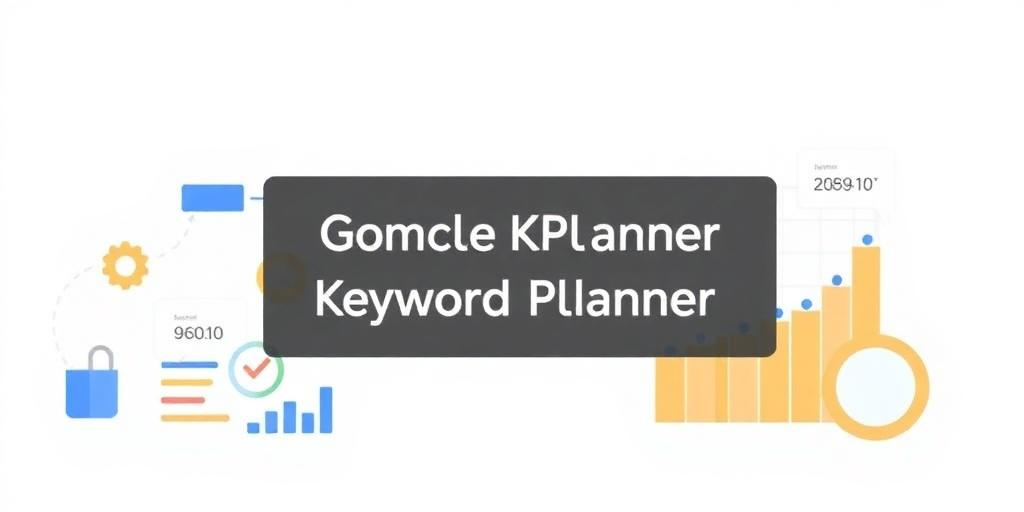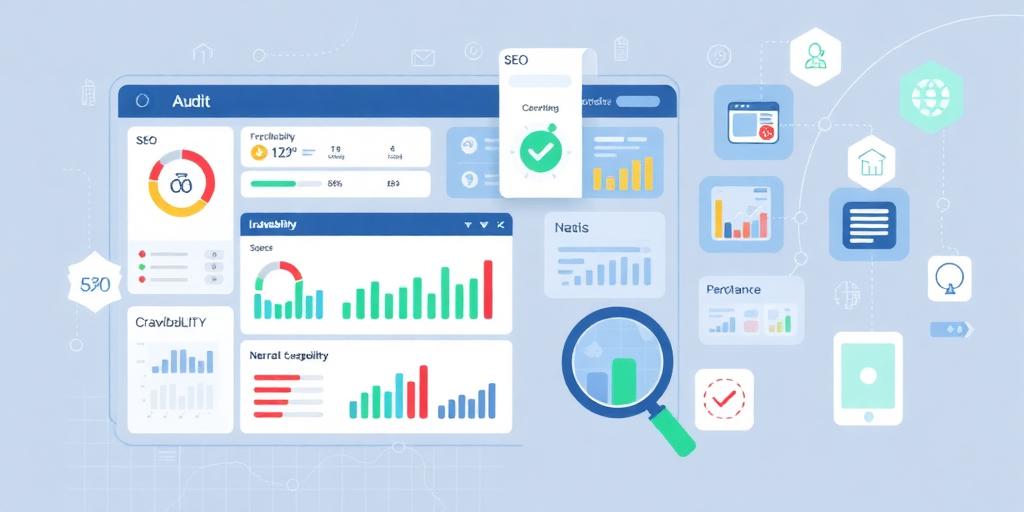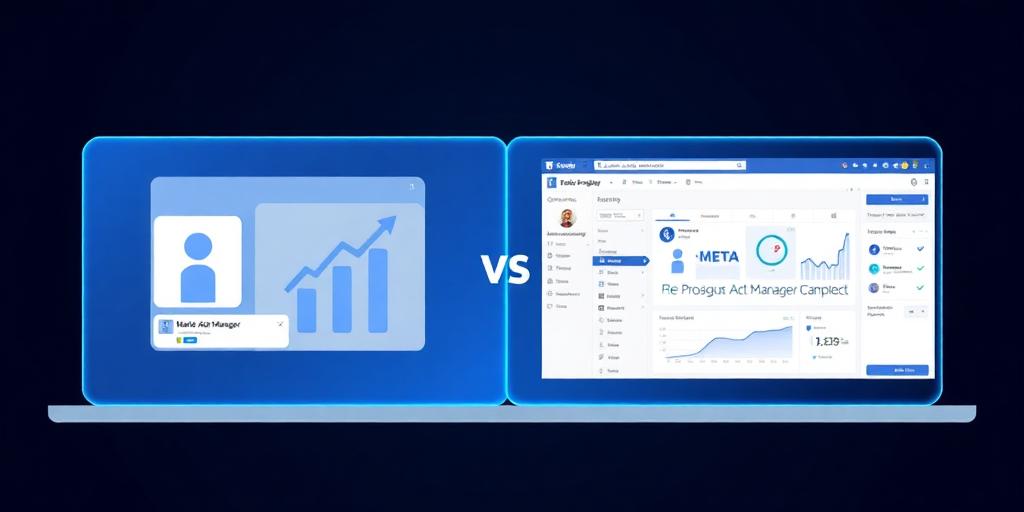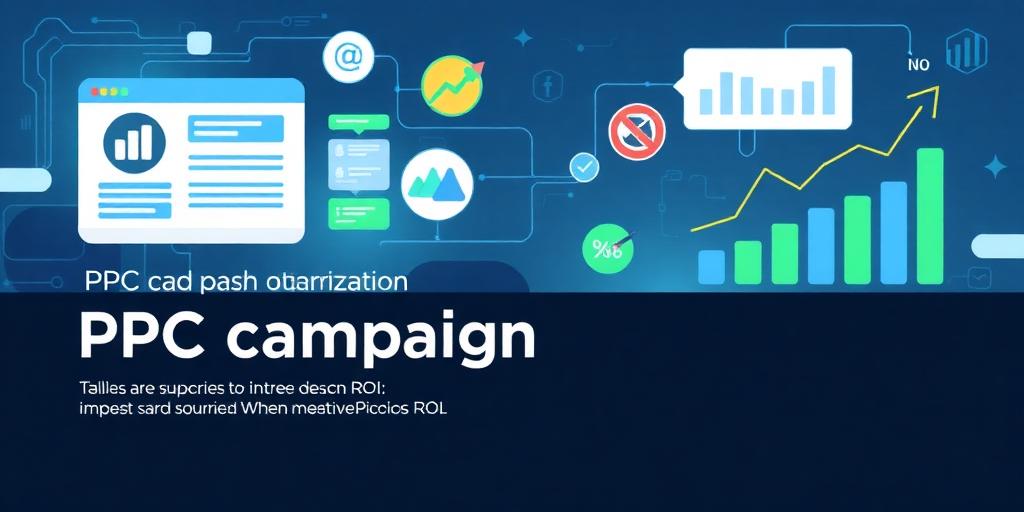Harnessing the Power of Google Keyword Planner: A Comprehensive Guide
Google Keyword Planner is an indispensable tool for digital marketers, SEO specialists, and content creators alike. It offers a wealth of data and insights to inform your keyword strategy, enabling you to optimize your campaigns and content for maximum visibility. This guide will provide a comprehensive overview of how to use Google Keyword Planner effectively, empowering you to make data-driven decisions and achieve your marketing objectives.
Understanding Google Keyword Planner
Google Keyword Planner is a free tool within Google Ads that helps you research keywords related to your business. It provides data on search volume, competition, and estimated cost per click (CPC), allowing you to identify valuable keywords for your SEO and advertising efforts. Whether you're launching a new campaign or refining an existing one, Keyword Planner is a crucial asset.
Setting Up Google Keyword Planner
- Accessing the Tool: To use Google Keyword Planner, you need a Google account. If you don't have one, create one for free. Then, navigate to Google Ads and sign in. Even if you don't plan to run paid campaigns, you can still access Keyword Planner.
- Navigating the Interface: Once you're in Google Ads, click on "Tools & Settings" in the top menu, and then select "Keyword Planner" under the "Planning" section. This will take you to the main dashboard where you can begin your keyword research.
Key Features and How to Use Them
1. Discover New Keywords
This feature allows you to generate keyword ideas based on seed keywords, websites, or categories related to your business. Here's how to use it effectively:
- Enter Seed Keywords: Start by entering a few keywords that broadly describe your product or service. For example, if you sell coffee beans, you might enter "coffee beans," "gourmet coffee," and "coffee online."
- Use a Website: Enter your website URL or a competitor's URL to get keyword ideas based on their content and focus.
- Filter by Category: Choose a category that best describes your business to refine your keyword suggestions.
- Analyze the Results: Keyword Planner will generate a list of related keywords along with data on average monthly searches, competition, and suggested bid. Focus on keywords with a balance of high search volume and moderate competition.
2. Get Search Volume and Forecasts
This feature allows you to analyze the search volume and historical trends for specific keywords. Here's how to leverage it:
- Enter Your Keyword List: Input the keywords you're interested in, separating each with a comma or pasting them from a list.
- Refine Your Targeting: Specify your target location and language to get more accurate data.
- Review the Forecasts: Keyword Planner will provide data on monthly searches, competition, and estimated clicks and impressions if you were to run ads for those keywords. This information is invaluable for forecasting potential traffic and ROI.
Advanced Strategies for Effective Keyword Research
- Long-Tail Keywords: Focus on long-tail keywords, which are longer and more specific phrases that users search for. These keywords often have lower competition and higher conversion rates. For example, instead of "coffee beans," target "organic fair trade coffee beans from Ethiopia."
- Competitor Analysis: Analyze your competitors' websites and content to identify keywords they're targeting. Use tools like SEMrush or Ahrefs to uncover their keyword strategy and find opportunities for your own campaigns.
- Keyword Grouping: Organize your keywords into тематические groups based on intent and relevance. This makes it easier to create targeted ad groups and content that resonates with your audience.
- Negative Keywords: Identify and exclude irrelevant keywords from your campaigns to prevent wasted ad spend. For example, if you only sell coffee beans, you might exclude keywords like "coffee shops" or "coffee makers."
Integrating Keyword Planner with Your Marketing Efforts
- SEO Optimization: Use Keyword Planner to identify keywords for optimizing your website content, meta descriptions, and title tags. This will help improve your organic search rankings and drive more traffic to your site.
- PPC Campaigns: Leverage Keyword Planner to build targeted ad groups and create compelling ad copy that resonates with your audience. Monitor your campaign performance and adjust your keyword strategy based on the data you collect.
- Content Creation: Use Keyword Planner to discover trending topics and create informative and engaging content that addresses your audience's needs. This will help you attract more organic traffic and establish yourself as an authority in your industry.
Best Practices for Using Google Keyword Planner
- Stay Updated: Google Keyword Planner is constantly evolving, so stay informed about new features and updates. Experiment with different settings and strategies to optimize your keyword research process.
- Combine with Other Tools: While Keyword Planner is a powerful tool, it's not the only resource available. Combine it with other keyword research tools and analytics platforms for a more comprehensive view of your market.
- Focus on User Intent: Always consider the intent behind the keywords you're targeting. Are users looking to buy something, find information, or solve a problem? Tailor your content and campaigns to meet their needs.
Conclusion
Google Keyword Planner is an essential tool for anyone looking to improve their online visibility and drive targeted traffic to their website. By understanding its features and implementing effective strategies, you can unlock valuable insights and make data-driven decisions that lead to success. Whether you're a seasoned marketer or just starting out, mastering Google Keyword Planner is a worthwhile investment that will pay dividends in the long run. Use this guide to effectively leverage Keyword Planner and take your marketing efforts to new heights.









